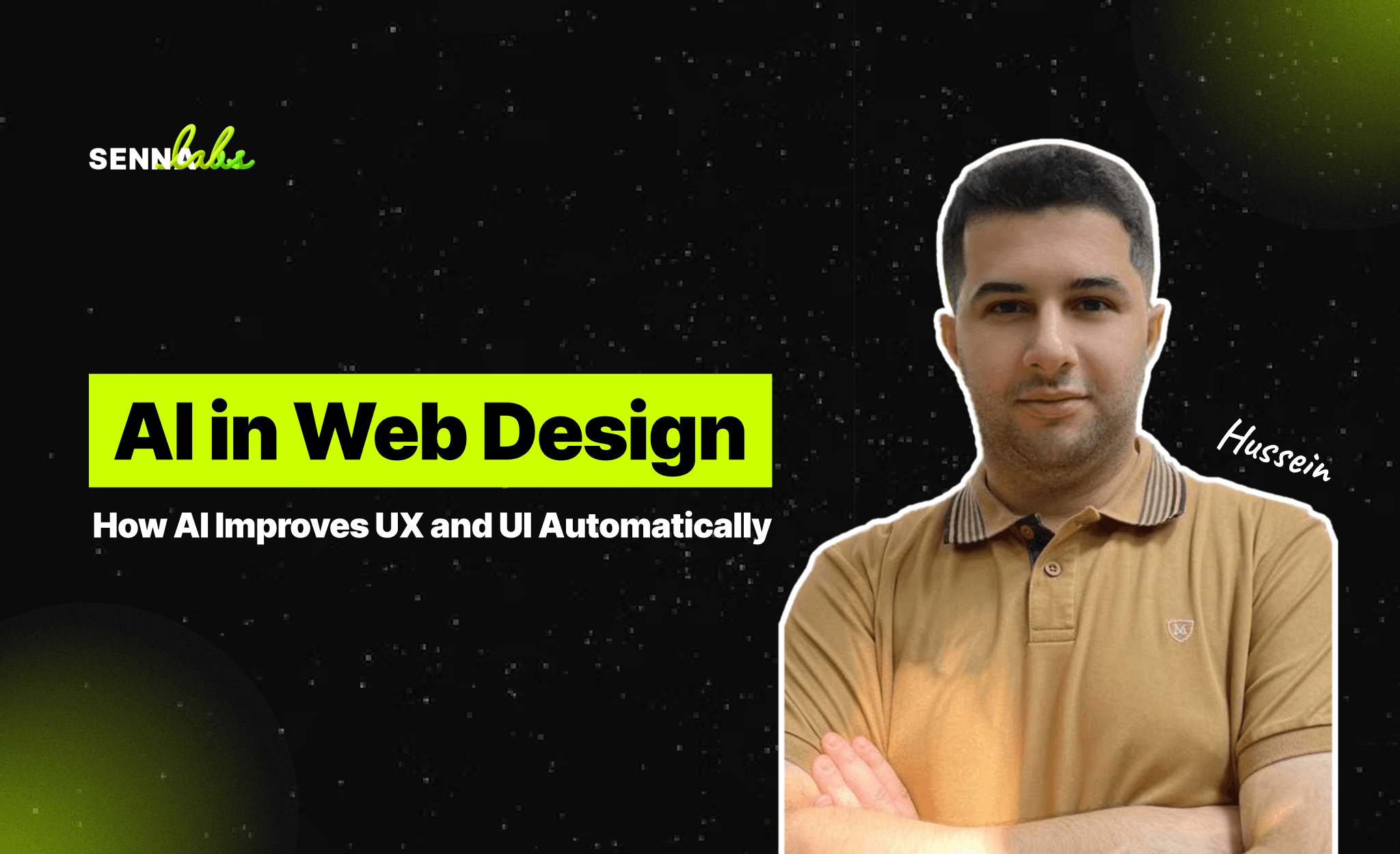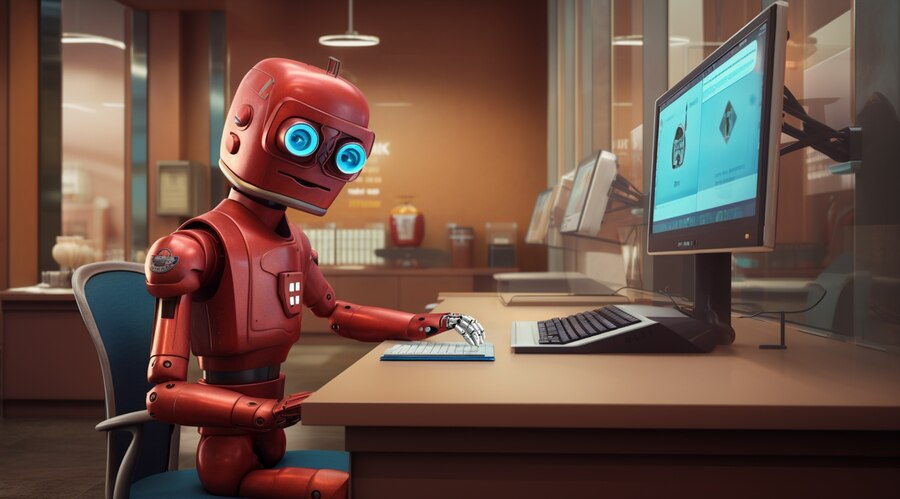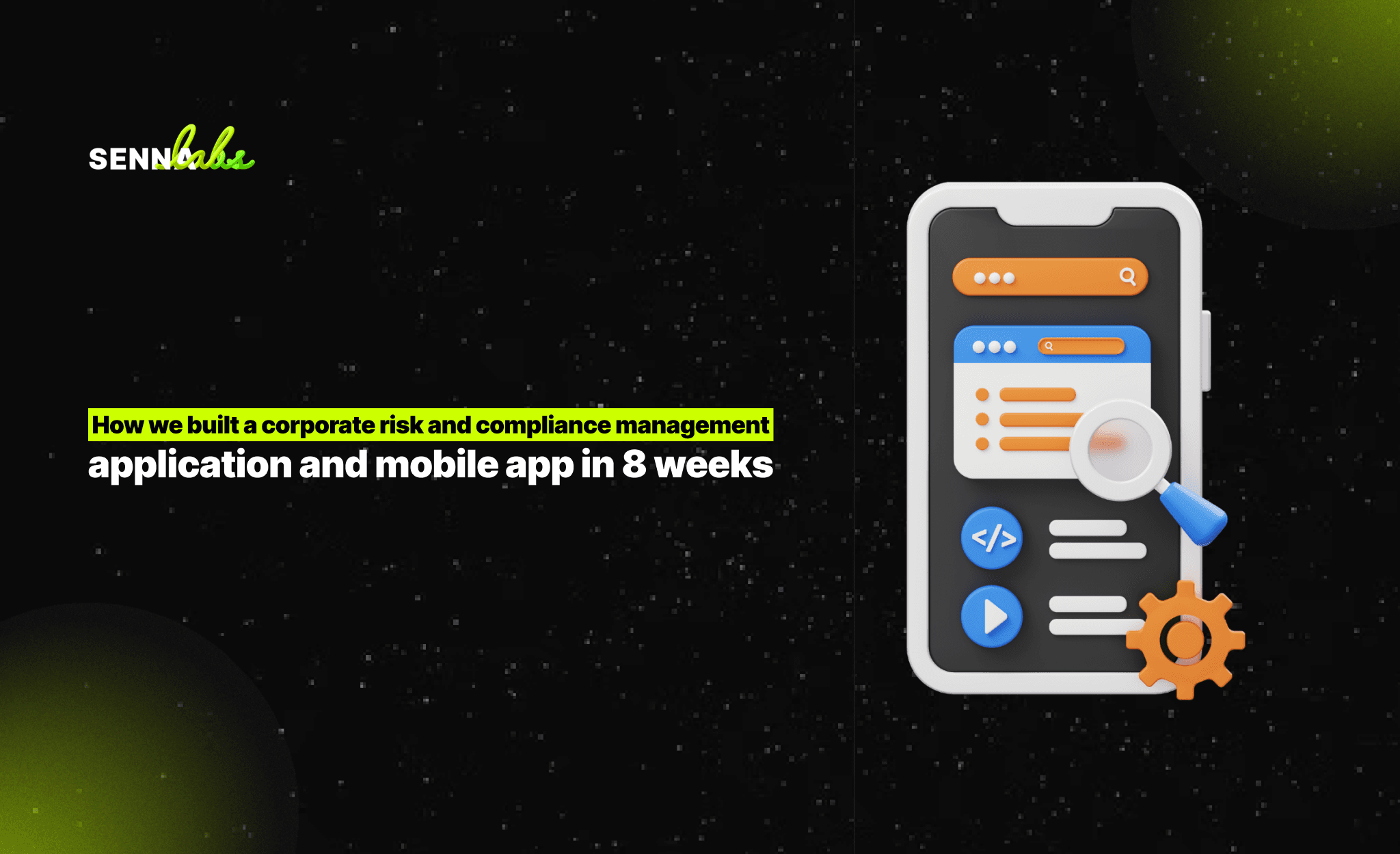AI in Web Design: How AI Improves UX and UI Automatically
Share

The way websites are designed is rapidly changing with the introduction of Artificial Intelligence (AI) in UI/UX design. Traditional website design relies on manual processes, requiring designers to spend significant time on wireframing, layout structuring, and user testing. With AI-powered tools like Framer AI and Adobe Sensei, web design is now becoming faster, more intuitive, and highly personalized.
Framer AI and Adobe Sensei use machine learning to generate wireframes and UI layouts automatically, allowing designers to create user-friendly and data-driven interfaces that improve user experience (UX) and engagement.
This article explores how AI is transforming web design, the key benefits of AI-generated UI/UX, and how businesses can integrate these technologies to enhance their website performance.

How AI is Revolutionizing Web Design
AI in web design uses machine learning, deep learning, and natural language processing (NLP) to assist designers in creating user-friendly and visually appealing websites.
AI-Powered Features in Web Design
-
Automated Wireframing – AI generates wireframes based on website goals and user behavior patterns.
-
Smart Layout Suggestions – AI recommends UI structures optimized for engagement and usability.
-
Personalized UX Adaptation – AI modifies design elements based on individual user interactions.
-
Automated A/B Testing – AI continuously tests different UI variations and optimizes based on performance.
With AI, designers can focus more on creativity and strategy rather than repetitive design tasks.
How AI-Generated UI/UX Enhances User Experience
1) AI Automates Wireframing and Layout Generation
Traditionally, designers spend hours creating wireframes and layout structures. AI tools like Framer AI and Uizard generate instant wireframes and design layouts based on industry best practices and data-driven insights.
-
How it works:
-
AI analyzes website type (e-commerce, portfolio, corporate site, etc.).
-
Generates optimized UI components suited for the audience.
-
Suggests responsive layouts based on device types (desktop, tablet, mobile).
2) AI-Powered UI Adaptation for Personalized Experiences
AI can dynamically adjust UI elements based on user preferences, behavior, and engagement patterns.
-
Example:
-
If a user frequently clicks a particular type of button, AI can adjust button size, color, and placement for better engagement.
-
Websites can automatically switch themes (light/dark mode) based on user preferences.
3) AI Enhances UX with Predictive Design
AI analyzes heatmaps, click tracking, and user navigation behavior to optimize the UI for better conversions.
-
Example:
-
AI identifies underperforming UI elements and suggests better placements for call-to-action (CTA) buttons.
-
AI-driven analytics reveal which design elements improve dwell time and engagement.
4) AI Automates A/B Testing and UI Optimization
AI continuously tests multiple UI variations and recommends the best-performing design based on real-time user behavior.
-
Example:
-
AI can run thousands of A/B tests in the background and adjust the UI to maximize conversions.
-
Designers can instantly see which color schemes, fonts, and layouts work best.
Real Use Case: Framer AI and Adobe Sensei in AI-Generated Web Design
Framer AI: Automating Wireframe and UI Layouts
Framer AI uses machine learning to instantly create wireframes and prototypes for websites based on input prompts.
-
Capabilities:
-
Transforms text descriptions into functional UI layouts.
-
Offers instant drag-and-drop UI components tailored to specific industries.
-
Generates responsive designs without the need for extensive coding.
Example:
-
A designer inputs: "E-commerce homepage with product grid and search bar"
-
Framer AI generates a complete wireframe with an optimized layout within seconds.
Adobe Sensei: AI-Powered UX Optimization
Adobe Sensei integrates AI into Adobe XD, Photoshop, and Illustrator to enhance UX design through intelligent automation.
-
Capabilities:
-
Smart Layout Adjustments – Automatically resizes UI elements based on device dimensions.
-
AI-Powered Auto-Tagging – Helps organize assets efficiently for web design projects.
-
Predictive UX Suggestions – Analyzes user interactions to recommend optimal design placements.
Example:
-
A UX team at an e-commerce company uses Adobe Sensei to analyze customer interactions and adjust the layout dynamically to improve conversions.
Results from AI-Powered Web Design Tools
-
Design time reduced by 40% due to AI-generated wireframes and layouts.
-
Conversion rates improved by 25% as AI optimized UI based on user behavior.
-
User engagement increased by 30% with AI-driven personalization.
How Businesses Can Implement AI in Web Design
Step 1: Use AI-Powered Design Tools
-
Framer AI – Generates wireframes and UI layouts automatically.
-
Uizard – Converts hand-drawn sketches into digital prototypes.
-
Adobe Sensei – Enhances UX design with AI-driven automation.
Step 2: Implement AI-Powered UX Analytics
-
Hotjar AI – Tracks heatmaps and user interactions to suggest UI improvements.
-
Crazy Egg – Provides AI-driven insights into user behavior and navigation flow.
Step 3: Personalize UI/UX Based on AI Recommendations
-
Use AI to dynamically adjust buttons, colors, and layouts based on individual preferences.
-
Implement AI-powered A/B testing to optimize call-to-action buttons and navigation menus.
Step 4: Integrate AI Chatbots for UI Assistance
-
Drift AI Chatbot – Enhances user interactions with real-time assistance.
-
ChatGPT API – Automates customer inquiries within the website design.
The Future of AI in Web Design
1) AI Will Enable Fully Automated Website Creation
-
AI-powered No-Code and Low-Code platforms will allow businesses to create websites without the need for designers or developers.
2) AI Will Enhance Conversational UI and Voice-Activated Design
-
Websites will be voice-search optimized, allowing users to interact with UI elements via voice commands.
3) AI Will Integrate with AR/VR for Immersive UX
-
AI-powered Augmented Reality (AR) and Virtual Reality (VR) will reshape e-commerce and interactive web design.
4) AI-Generated UI/UX Will Be Fully Dynamic
-
AI will continuously optimize websites in real-time based on changing user behaviors.
Conclusion:
AI is revolutionizing web design by making UI/UX development faster, smarter, and more user-centric. Framer AI and Adobe Sensei demonstrate how AI-powered tools can automate wireframing, optimize UI layouts, and enhance user engagement through predictive design.

Share

Keep me postedto follow product news, latest in technology, solutions, and updates
Related articles
Explore all


